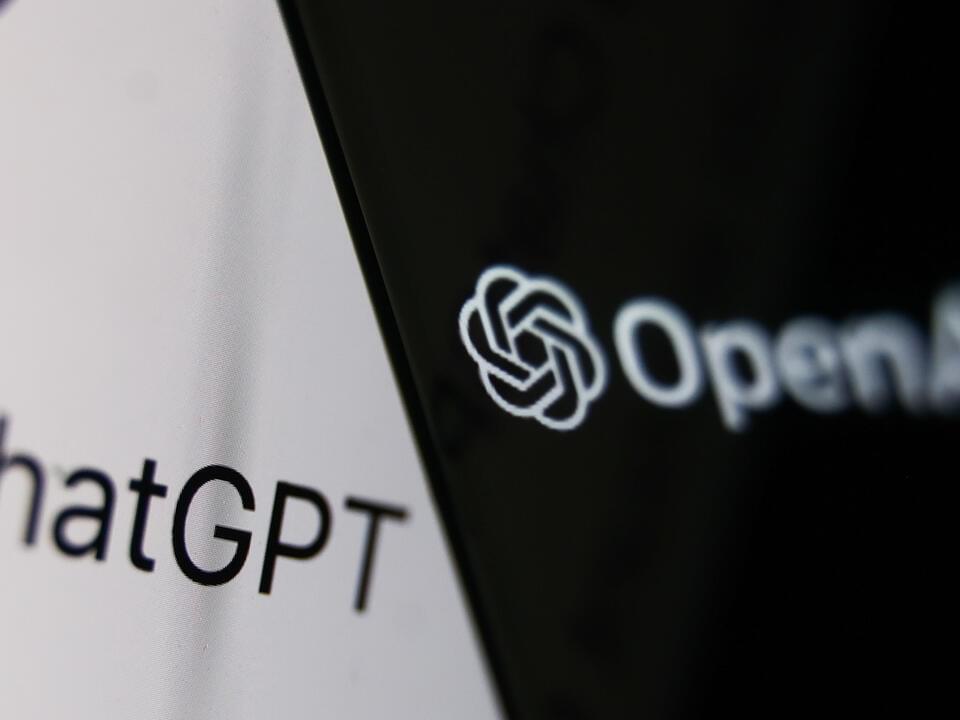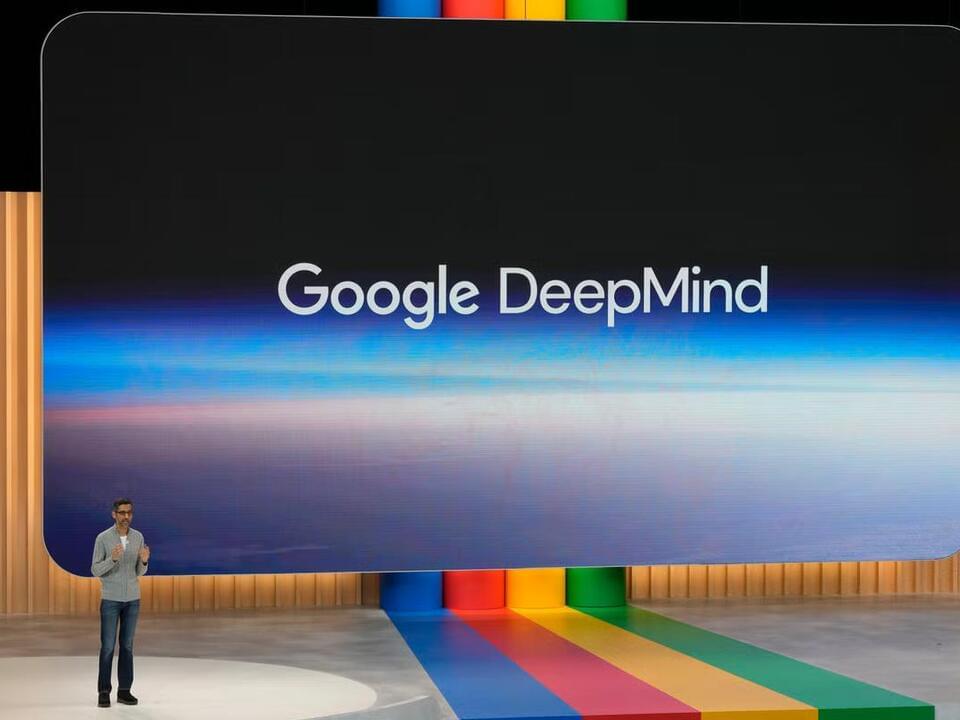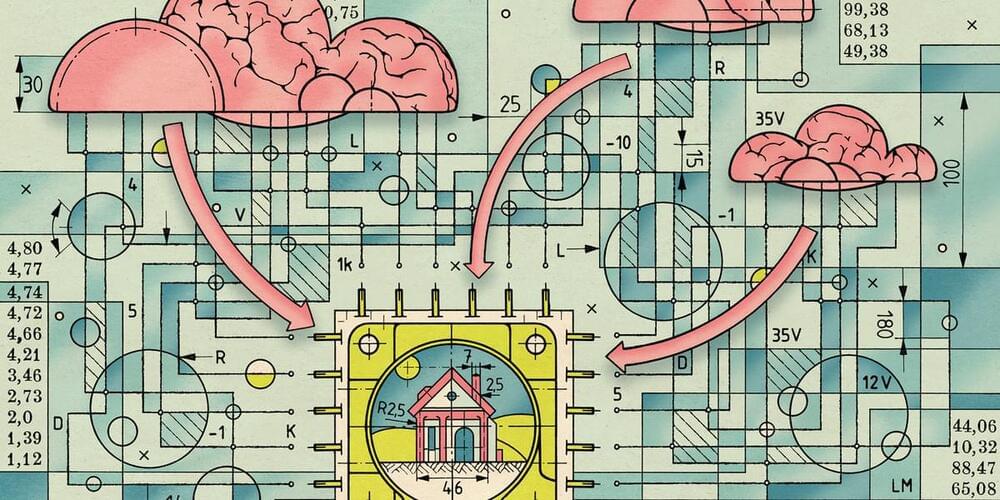In a significant stride forward for aviation, Reliable Robotics, a trailblazer in aircraft automation systems, has successfully operated a Cessna 208B Caravan with no one on board. The aircraft, while not as large as a 737–100, is still a considerable size, marking a noteworthy milestone in the field of aviation automation.
The flight was remotely controlled from Reliable’s control center, located 50 miles away. This system is not just about remote control, but full automation of the aircraft, including taxi, takeoff, and landing. The technology is designed to prevent controlled flight into terrain and loss of control in flight, two major causes of fatal aviation accidents.
Reliable Robotics has been collaborating with Textron Aviation, the manufacturer of the Cessna Caravan, and ASL Aviation Holdings. The goal is to integrate advanced aircraft automation into their operations. The U.S. Air Force is also on board, working with Reliable Robotics to apply this technology to large multi-engine aircraft for various missions.





